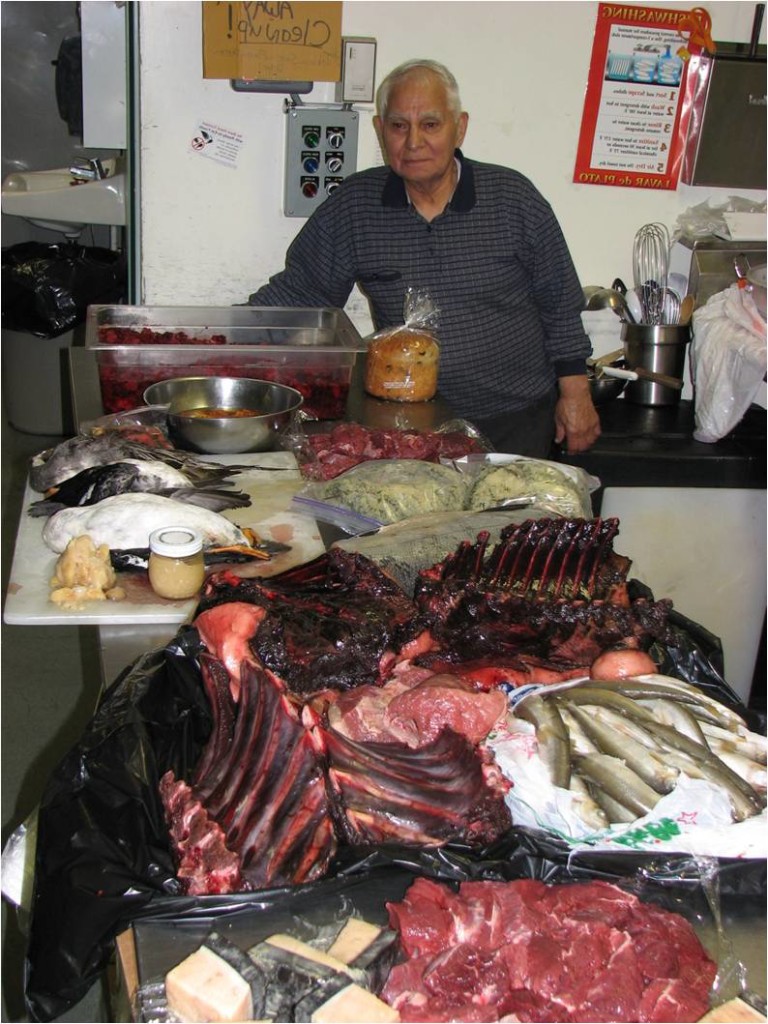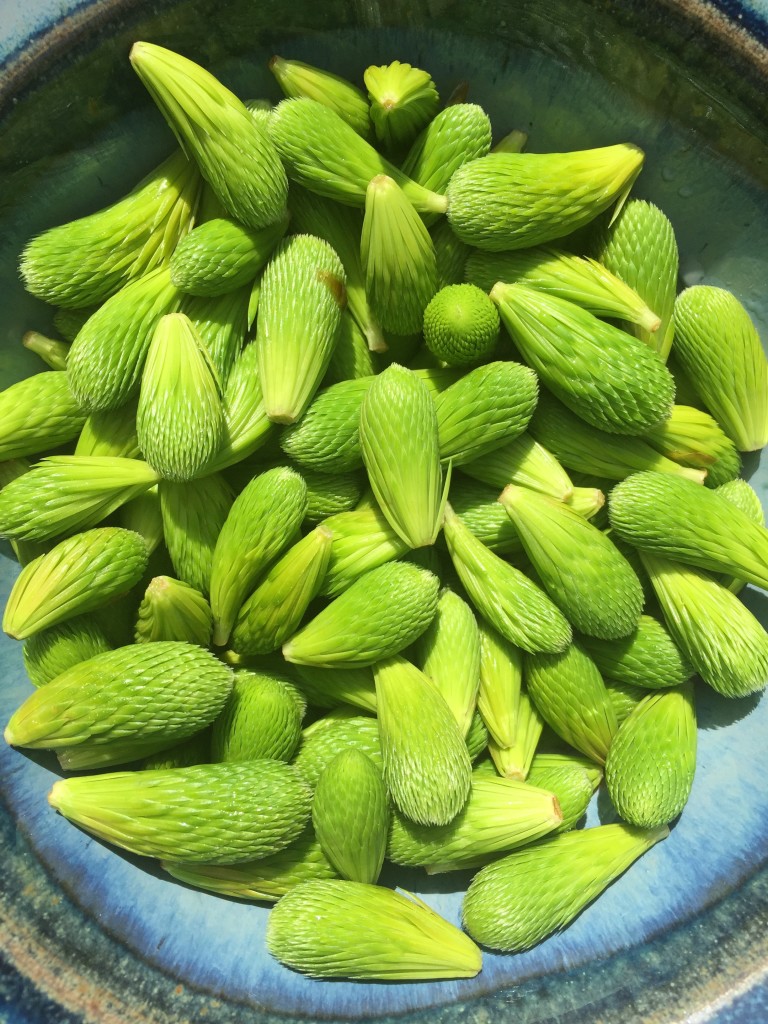Subsistence Guide
Traditional foods – the wild plants and animals from the land and the sea – are an important part of the Sun’aq culture. The gathering, hunting and fishing, preserving, and eating of wild foods is more than just food for the Sun’aq people. It is a way of life. It is a culture. It is a way of being and understanding who you are in this world.
Since time immemorial, traditional foods have connected the Sun’aq people with the land and sea through cultural rights, traditional practices, and celebrated rituals that have been passed down from generation to generation. Tribal members continue to define themselves by the customs and traditions in gathering, processing, and distributing wild resources. The sharing of these cultural traditions and laws are an essential element of the Sun’aq subsistence practices.
In Alaska, the word subsistence generally refers to the harvest of fish, wildlife, and other wild resources for an individual and their family for food, shelter, and other personal or family uses and needs. Subsistence is the mainstay of the Alutiiq culture, as subsistence practices are time-honored and largely self-regulating traditions. According to the State of Alaska’s most recent wild food harvest and use surveys, most of the Alaska Native households within the Kodiak archipelago use subsistence harvested fish, wildlife, and other wild resources.
This Sun’aq Subsistence Guide is designed to facilitate the exchange of information about the harvest and use of natural resources within the Kodiak archipelago. Most, if not all, of the information currently available through the Sun’aq Subsistence Guide is public information. Numerous partners throughout the archipelago shared information that is assembled in this guide.
The Sun’aq Subsistence Guide was designed to:
- Help local citizens and resource users better understand the laws and regulations governing subsistence resource harvest, sharing, and use; and
- Facilitate information exchange for the betterment and protection of traditional Sun’aq resources.
Assessment of Kodiak Island Tribes’ Wild Foods Consumption

Research and anecdotal evidence suggests that some communities may be exposed to more pollutants than others because they consume more seafood than another. Assessments that consider the health risks associated with pollutants are often based on nation-wide surveys and the national average of seafood consumption. So, in rural Alaska where traditional foods can make up 40% to 90% of the diet, which is much more than the national average, the risk assessment is grossly underestimated. Research shows that elevated levels of contaminants in wild resources could be especially dangerous to Alaska Natives (ATSDR 2009).
Due to unique geographic and cultural practices, residents of the Kodiak Archipelago who survive on customary subsistence food diets may differ from national seafood consumption averages, but we do not know how they differ. Over the winter of 2015-2016, the Sun’aq Tribe of Kodiak conducted study funded by the U.S. Environmental Protection Agency (EPA) to document the consumption rates, patterns of use, habits, preparation and cooking methods of fish and other subsistence resources in four villages throughout the Kodiak archipelago; Ouzinkie, Old Harbor, Larsen Bay, Port Lions, and the city of Kodiak. This study is attempting to gather the community consumption rates of commercial and non-commercially obtained fin fish, shellfish, and marine mammals by surveying 10% people living within these of the communities. The Sun’aq Tribe of Kodiak Natural Resource Department staff are working closely with each of the Tribal Councils in order to reach this goal. Once the study is complete, project findings will be presented to EPA and the Tribal Councils who supported this project.

